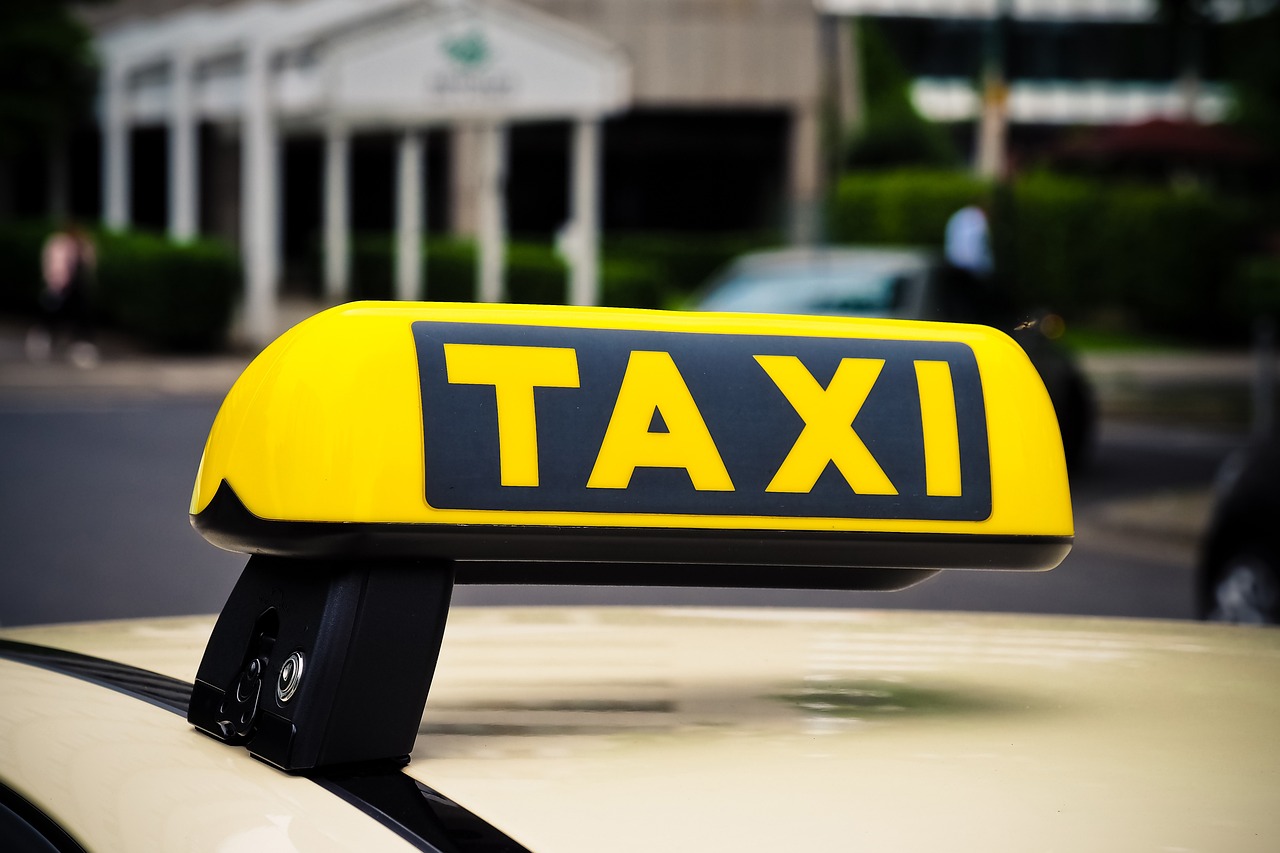This post is also available in:
 עברית (Hebrew)
עברית (Hebrew)
Air taxis have long been hyped as the next giant leap in short-haul passenger transport, and they might be coming closer to a vertiport near you. These aerial vehicles are meant to deliver people and goods across and between nearby cities, but there are still issues around technology, regulation, and investment.
According to a regulatory timeline laid out by the U.S. Federal Aviation Administration, electric air taxis are expected to take to the sky by 2028, while some manufacturers such as Silicon Valley’s Archer Aviation and Joby Aviation state 2025 as their target. There are currently over 700 prototypes and designs for electric vertical takeoff and landing aircraft (eVTOLs) by approximately 350 companies, as reported by the Vertical Flight Society.
Most eVTOLs look like oversized drones with several small rotors around a passenger pod, some of them have wings, and they take off and touch down just like a helicopter. Since they use lithium-ion batteries they are cleaner, quieter, and will eventually be cheaper to fly and maintain than a jet fuel-powered chopper.
According to CTV News, many huge companies have pre-ordered air taxis, including United Airlines and American Airlines, while Stellantis, Toyota and other car companies keen on electric models are partnering with air taxi makers on manufacturing.
When looking to the future, some experts predict that the first wave of aerial taxis will provide a shuttle service between major airports and have downtown vertiports that will integrate into the mass transportation system- a hub-to-hub travel option similar to a monorail, but smaller scale and more expensive.
Nevertheless, there is currently no company certified to pick up passengers in an air taxi or other eVTOLs, which is partly due to technological hitches like concerns over reserve battery power.
Another hurdle to the budding industry is the cost- the estimated price tag of eVTOLs will hover between US$2 million and US$5 million – which is more than the average Uber car and slightly above most helicopters.
Currently, it is important to note that anything even close to common use might be dangerously clouding the city skies, thus the urban air concept must remain a flight of fancy for the time being.
Nigel Waterhouse, president of the Can-Am Aerospace consulting firm said- “Eventually for these things to run like we would imagine, a.k.a. Blade Runner, there’s going to have to be allocated corridors for these things, with separation and nothing below them.”
This information was provided by CTV News.


























